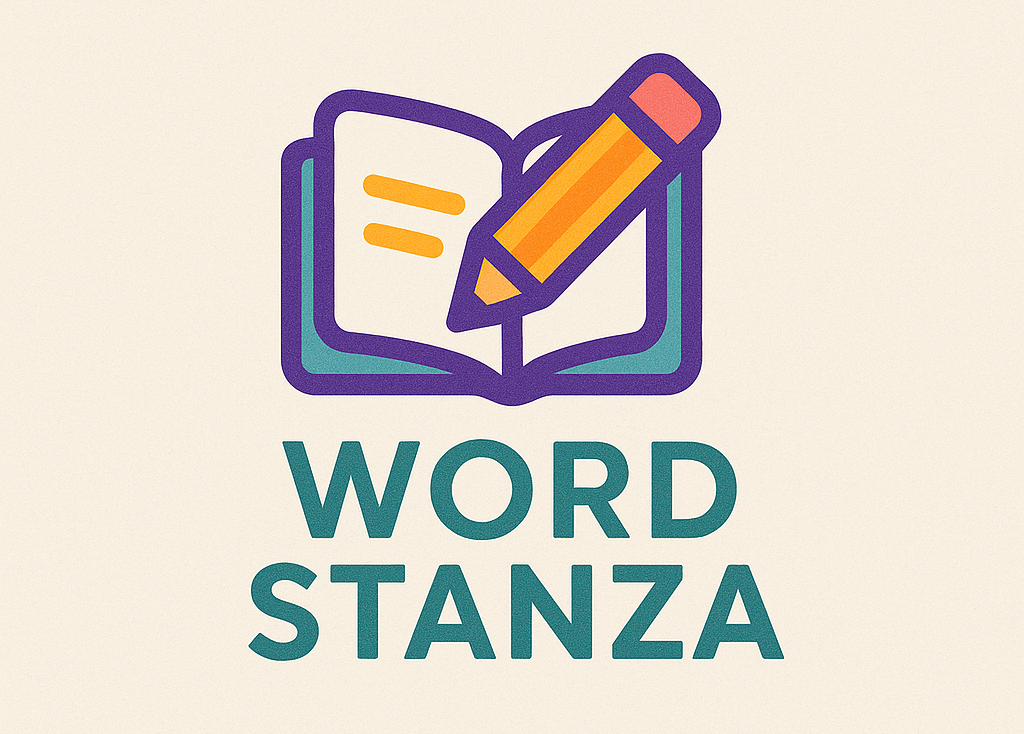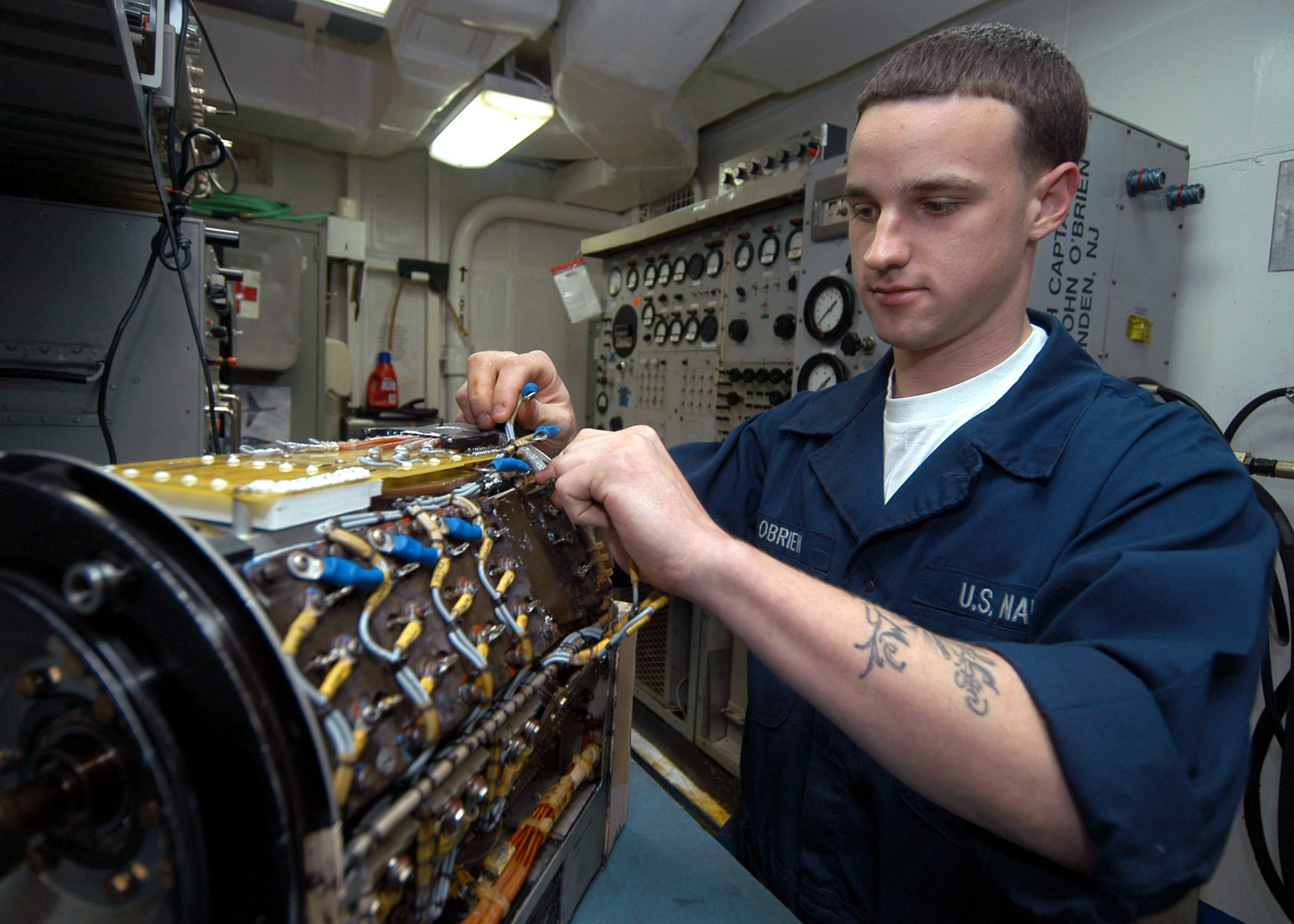Irrigation systems are an important part of maintaining a beautiful and healthy landscape. However, like any mechanical system, they require maintenance and upkeep. One of the key components of any irrigation system is the irrigation controller – the mechanism that regulates when and how much water is dispersed. Understanding the various irrigation controller parts can help you diagnose issues and keep your system running smoothly.
Power Supply:
The power supply is the entry point for electricity to the irrigation controller. It is typically a plug that connects the controller to the electrical outlet.
Circuit Board:
The circuit board is the “brain” of the irrigation controller. It receives input from the various sensors and other components and sends output signals that determine when the sprinklers turn on or off.
LCD Display Screen:
The LCD display screen allows you to program the irrigation controller and see current settings and status updates. The screen displays the date, time, and watering schedules.
Buttons:
The buttons are used to program the irrigation controller. They allow you to set the time, watering schedules and other preferences.
Zones:
Zones are the individual sections of your landscape that are irrigated. Each zone has its own irrigation valve that is controlled by the irrigation controller.
Valves:
The valves are responsible for controlling the water flow to each zone. They turn on and off automatically based on the signals received from the circuit board.
Transformer:
The transformer reduces the voltage from your home’s electrical system to the voltage required by the irrigation controller. This ensures that the system is not overwhelmed by excess electricity.
Rain Sensor:
The rain sensor is a component that detects when it is raining and prevents the sprinklers from turning on. This saves water and prevents overwatering.
Moisture Sensor:
The moisture sensor detects the level of moisture in the soil. The irrigation controller uses this information to determine when the soil needs watering.
Master Valve:
The master valve controls the flow of water to the entire irrigation system. It is typically located near the water source.
Wireless Communication:
Some irrigation controllers have wireless capabilities that allow them to communicate with other devices. This can include weather stations or smartphone apps that allow you to monitor and control your irrigation system remotely.
In Conclusion:
While irrigation controller parts may seem confusing, understanding their functions can help you diagnose and fix common problems. If you are having trouble with your irrigation system, start by examining the power supply, circuit board, LCD display screen, buttons, valves, transformer, rain sensor, moisture sensor, master valve, and wireless communication capabilities. Of course, if you are uncomfortable working with electrical systems, it is always recommended to consult a professional. With proper maintenance and attention, your irrigation system can keep your landscaping healthy and beautiful for years to come.




